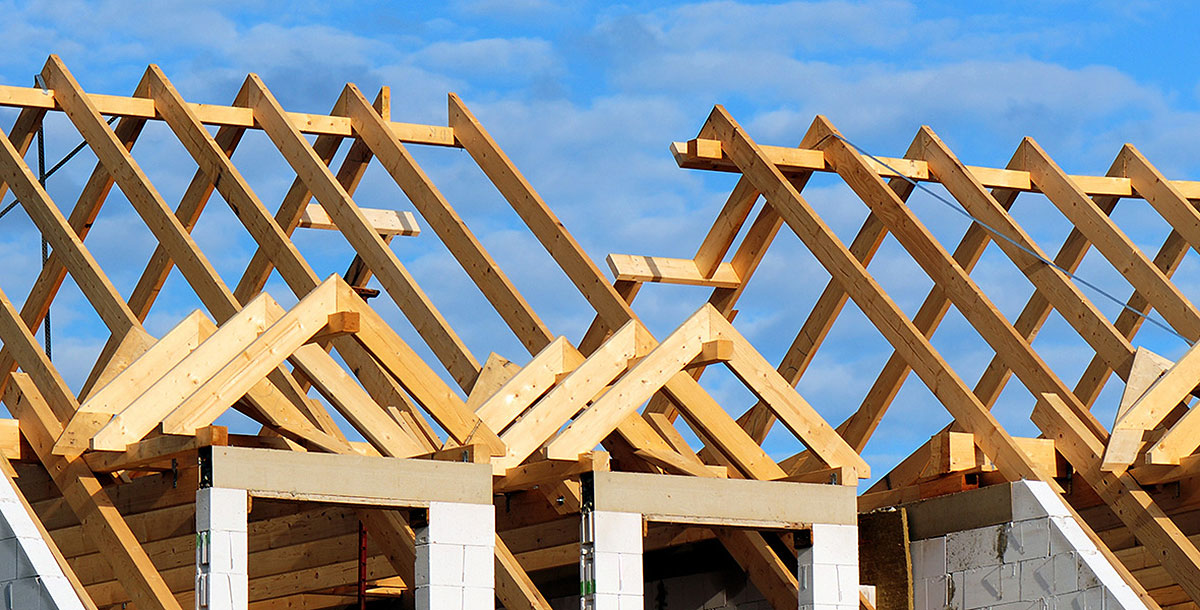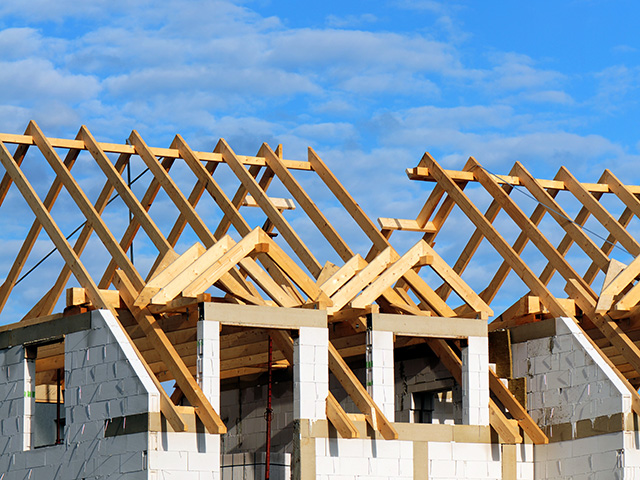What new planning reform proposals mean for self-builders
Here's how proposed changes to planning laws would affect self-builders in the future.
The Government has announced new changes proposed to shake up planning laws and cut red tape – but what does it mean for those looking to build their own home?
Image: Adobe Stock
Proposed changes to planning laws in the UK have today been announced by Robert Jenrick MP, Secretary of State for Housing, Communities & Local Government.
The shake-up of regulations includes measures to look at re-classification of land, streamline planning procedures and fast-track builds which are deemed ‘beautiful’.
The Grand Designs magazine team has delved into these proposed plans to find out what impact they may have for the custom and self-build community.
We will cut red tape, but not standards, placing a higher regard on quality, design and the environment than ever before.
Planning decisions will be simple and transparent, with local democracy at the heart of the process. #PlanningForTheFuture (2/4) pic.twitter.com/VwiGf4ikCT
— Robert Jenrick (@RobertJenrick) August 6, 2020
Re-categorising land
In an effort to simplify the role of Local Plans, changes have been proposed to how land is categorised. The revised system would incorporate three distinct categories – Growth areas, which are those suitable for substantial development; Renewals areas, suitable for some development; and Protected areas, where development is restricted. For certain projects allocated in Local Plans, the Government estimates that this strategy may halve the time required for planning permission.
The proposal also highlights that local planning authorities should create sub-areas within Growth areas that are to be allocated specifically for custom- and self-build homes. The plans also suggest that local authorities should find enough land to meet the demand of their self-build registers, however, it is unclear whether these would be enforced or up to individual authorities.
Setting new rules
The Government has a new vision for Local Plans, which sees them as offering clear rules for site- and area-specific developments over general policies. It believes this will remove some of the bureaucracy and repetition of Local Plans, and that this should mean that these documents are two-thirds shorter than they currently stand. This would be complemented by locally-produced ‘design codes’ – along with a commitment to work with local communities at the Plan-making stage, not just during the planning permission process.











